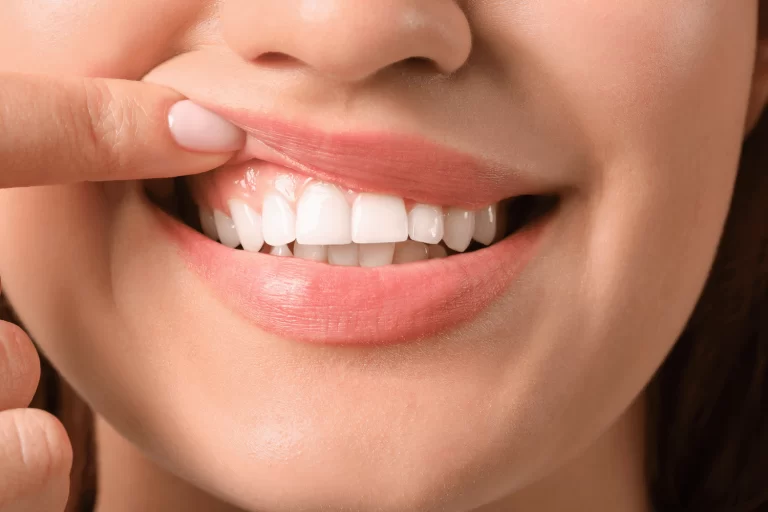Being a woman today means juggling a lot. Between work, family, friends, workouts, side hustles, and the occasional moment of “me-time,” who has the time (or budget) to schedule dentist visits for teeth whitening?
That’s why at-home teeth whitening kits are such a lifesaver. You get professional-level results without having to sit in a dental chair or block out your weekend. But with so many kits out there, how do you know which ones actually work, and which ones fit seamlessly into a packed schedule?
Let’s break it down.
Why At‑Home Whitening Kits Work for Women on the Go
If you’re anything like me, you’ve probably tried to multitask everything, even self-care. Whitening strips while folding laundry? Whitening gel during your skincare routine? Yep, same here.
The good news? Today’s best at-home whitening kits are designed for real life. They’re quick, mess-free, and come with built-in flexibility. You can whiten your teeth while responding to emails, binge-watching your favorite series, or even getting the kids ready for bed.
But not all kits are created equal. Some are harsh on enamel, others are overpriced, and a few just… don’t work.
What Actually Matters in a Whitening Kit
When you’re busy, your self-care routine has to work with your life, not slow it down. So if you’re picking out a whitening kit, these are the features that’ll save you time, hassle, and protect your smile in the process:
- Fast, visible results – You shouldn’t have to wait weeks to notice a difference. Look for a kit that delivers a brighter smile in just a few uses.
- Gentle on enamel – Whitening shouldn’t hurt. Go for kits with enamel-safe ingredients, especially if you’ve had sensitivity in the past.
- Mess-free and low effort – No one wants to deal with gooey trays or complicated steps. Pre-filled applicators or custom-fit trays can make life so much easier.
- Aligner-friendly – Already using affordable clear aligners? Choose a whitening kit that’s designed to work alongside them, no interference, no damage, just results.
- Nighttime-safe – If you wear a night guard, such as, soft night guard, timing your whitening sessions earlier in the evening is key. Better yet, find a kit that works well around your nightly routine.
Our Top Picks for Whitening Kits That Fit Your Life
Here’s a curated list based on convenience, effectiveness, and ease of use:
1. Dual-Use Whitening + Aligner Kit
Perfect for those already using affordable clear aligners. This kind of kit allows you to whiten your teeth and continue your aligner routine, no extra steps, no awkward trays.
Why you’ll love it:
Pop in the gel, wear your aligners as usual, and let the magic happen. Great for multitaskers and minimalists.
2. Gentle Whitening for Sensitive Smiles
If you’ve ever flinched from an icy drink after whitening, this one’s for you. Enamel-safe, low-sensitivity formulas are ideal, especially if you wear a soft night guard at bedtime.
Why it’s a winner:
It works while being kind to your enamel. Plus, you won’t wake up regretting last night’s whitening session.
3. LED-Boosted Kits
LED whitening sounds fancy, but it’s actually super practical. These kits speed up the whitening process, so you can get great results while doing your skincare or finishing that last-minute presentation.
Quick tip:
Make sure to choose a kit where the LED device is hands-free, because let’s be real, you’re going to be doing ten other things.
How to Get the Most Out of Your Whitening Kit
A whitening kit is only as good as how you use it, and don’t worry, this part’s easy too:
- Whiten during downtime – Try it while watching Netflix, cooking dinner, or winding down with a book.
- Stick to the schedule – Most kits give you noticeable results in 5–7 days. Just don’t overdo it. Whitening isn’t a daily face mask; it’s more like a treatment cycle.
- Avoid coffee or wine right after – I know, I know, but just for an hour or two. Your newly whitened teeth are extra absorbent during that time.
- Keep your aligners clean – Cloudy aligners = dull-looking smile. Rinse them daily, and brush them if you can.
- Don’t whiten with your night guard in – Whitening should happen earlier in the evening so your mouth is fresh and ready for overnight protection.
A Note for Aligner Users and Night Grinders
If you’re on a teeth straightening at home journey, you’re already investing in your smile. Whitening can complement that, just make sure your kit is designed to work with your aligners, not against them.
And if you wear a night guard, be mindful of timing. Night guards protect your smile; whitening brightens it, just don’t confuse the two.
Whitening That Works with Your Life
You don’t have to pause your life to brighten your smile.
The best at-home whitening kits are made for real women, the ones who don’t have time for complicated routines, but still want to feel confident flashing their teeth at a last-minute meeting, school pickup, or Saturday brunch.
So go ahead. Find a kit that fits your lifestyle, and let your smile shine, even on your busiest days.
Because you deserve a routine that works for you, not the other way around.










